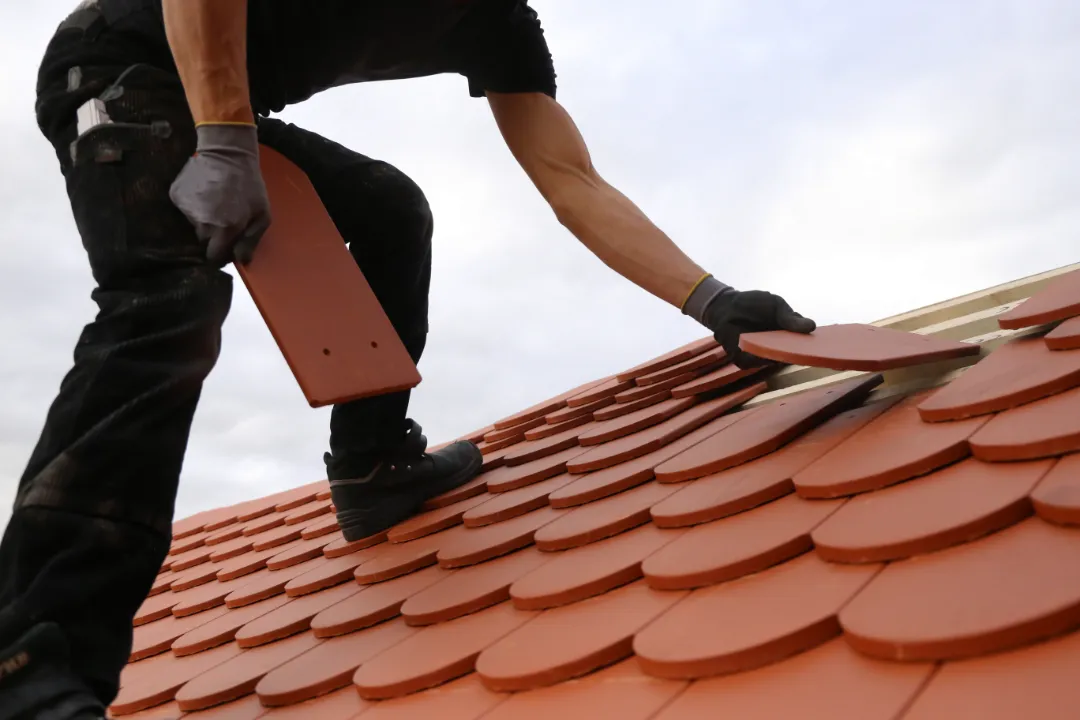ZEPHYRHILLS ROOFING BLOG
Take A Deep Dive Into Our Roofing Topics

Roofing 101: Understanding the Basics of Roof Construction
Welcome to Roofing 101, where we'll be uncovering the secrets of roof construction and shedding light on the basics of this essential part of any building. Just like the foundation is the backbone of a structure, a roof acts as its protective shield, shielding it from the elements. But have you ever wondered what goes into constructing a sturdy and durable roof? In this discussion, we'll dive into the various materials, components, styles, and designs that make up a roof, as well as explore the importance of proper maintenance and repair. So, let's embark on this journey together and discover the fascinating world that lies above us.
Roofing Materials
When it comes to roofing materials, we have a wide range of options to choose from. The choice of roofing materials is crucial as it determines the durability, cost, and overall performance of the roof. There are various roofing installation methods available, each with its own advantages and disadvantages.
One of the key considerations when choosing roofing materials is their eco-friendliness. In recent years, there has been a growing demand for sustainable roofing options that minimize environmental impact. Green roofs, for example, are becoming increasingly popular. These roofs are covered with vegetation, providing insulation, absorbing rainwater, and reducing heat island effect. They also enhance air quality and create a habitat for wildlife.
Another eco-friendly roofing option is solar roofing. Solar panels can be integrated into the roof to generate clean and renewable energy. This not only reduces energy bills but also helps to reduce carbon footprint. Additionally, metal roofs are gaining popularity due to their recyclability. They can be made from recycled materials and are fully recyclable at the end of their lifespan.
Roofing Components
Now let's take a closer look at the essential components that make up a roof. When it comes to roofing installation, there are several key elements that work together to provide a sturdy and reliable roof structure. The first component is the roof deck, which serves as the foundation for the rest of the roof system. It is typically made of plywood or oriented strand board (OSB) and provides a stable surface for the other roofing materials to be attached to.
Next, we have the underlayment, which is a waterproof barrier that is installed directly on top of the roof deck. This layer helps to protect the roof from water damage and provides an extra layer of insulation. The most common type of underlayment is asphalt-saturated felt, but there are also synthetic options available.
Another important component is the roofing material itself, whether it be shingles, tiles, or metal panels. The choice of roofing material will depend on factors such as climate, budget, and aesthetic preferences. It is important to choose a material that is not only durable but also aesthetically pleasing.
Lastly, let's not forget about roofing warranties. Many roofing manufacturers offer warranties to protect homeowners in case of defects or premature failure. These warranties can vary in length and coverage, so it's important to carefully review the terms and conditions before making a decision.
Roof Pitch and Slope
Let's dive into the important aspect of roof construction known as roof pitch and slope. When it comes to building or repairing a roof, understanding the roof pitch calculations and the importance of roof slope is crucial.
Roof pitch refers to the steepness or slope of a roof. It is typically expressed as a ratio, such as 4:12 or 6:12, which represents the vertical rise in inches for every 12 inches of horizontal run. Roof pitch calculations are essential because they determine the type of roofing material that can be used and the overall design of the roof. A steeper pitch may require certain materials and installation techniques to ensure proper water drainage and structural integrity.
The roof slope, on the other hand, refers to the angle of the roof surface. It is measured in degrees or as a ratio of vertical rise to horizontal run. The slope of a roof is important because it affects the shedding of water and the durability of the roof. A higher slope allows for better water runoff, reducing the risk of leaks and water damage.
Understanding roof pitch calculations and the importance of roof slope is vital for any roofing project. By considering these factors, you can ensure that your roof is properly designed and constructed to withstand the elements and provide long-lasting protection for your home.
Roofing Styles and Designs
After understanding the roof pitch calculations and the importance of roof slope, it is important to explore the various roofing styles and designs available for your project. When it comes to roofing styles, there are numerous options to choose from. One popular style is the gable roof, which features two sloping sides that meet at a ridge in the middle. This design provides excellent water runoff and allows for easy installation of solar panels. Another option is the hip roof, characterized by its four sloping sides that meet at a ridge. This style offers increased stability and is ideal for areas with high winds. For those looking for a more unique and contemporary look, a flat roof design might be the way to go. Flat roofs are versatile and can be used for both residential and commercial buildings.
In addition to different styles, there are also various roofing materials and colors to consider. Sustainable roofing options, such as metal and clay tiles, are gaining popularity due to their durability and eco-friendly nature. Metal roofs are available in a wide range of colors, allowing homeowners to choose a shade that complements their overall aesthetic. Clay tiles, on the other hand, come in earthy tones that add a rustic charm to any home. Other popular roofing materials include asphalt shingles, which are affordable and easy to install, and slate tiles, known for their elegance and longevity.
When selecting a roofing style and color, it is important to consider factors such as climate, architectural style, and personal preference. By exploring the various options available, you can find a roofing design that not only protects your home but also enhances its overall appearance.
Roofing Maintenance and Repair
Maintaining and repairing your roof is essential for ensuring its longevity and protecting your home from potential damage. Regular roof maintenance can help identify and address issues before they escalate into costly problems. One common issue to look out for is roof leaks. Detecting roof leaks early is crucial to prevent water damage and mold growth inside your home. Conducting regular inspections and checking for signs of water stains or dampness on your ceilings and walls can help identify potential leaks. It is also important to inspect your roof after severe weather events, such as heavy rain or storms, as they can cause damage to your shingles or expose weak spots in your roof. In cases where shingles are damaged or missing, prompt replacement is necessary to maintain the integrity of your roof. Hiring a professional roofing contractor to handle shingle replacement ensures that it is done correctly and helps prevent further damage to your roof. Remember, investing in regular roof maintenance and addressing repairs promptly can save you from costly repairs or even a full roof replacement in the long run.
Conclusion
Overall, understanding the basics of roof construction is essential for any homeowner. By familiarizing ourselves with roofing materials, components, pitch and slope, styles and designs, as well as maintenance and repair, we can make informed decisions and ensure the longevity and functionality of our roofs. Whether it's choosing the right materials or knowing when to call in professionals for repairs, being knowledgeable about roofing will ultimately save us time and money in the long run.
Connect With Us
© Copyright 2025 Zephyrhills Roofing. All Rights Reserved.
Terms & Conditions | Privacy Policy

